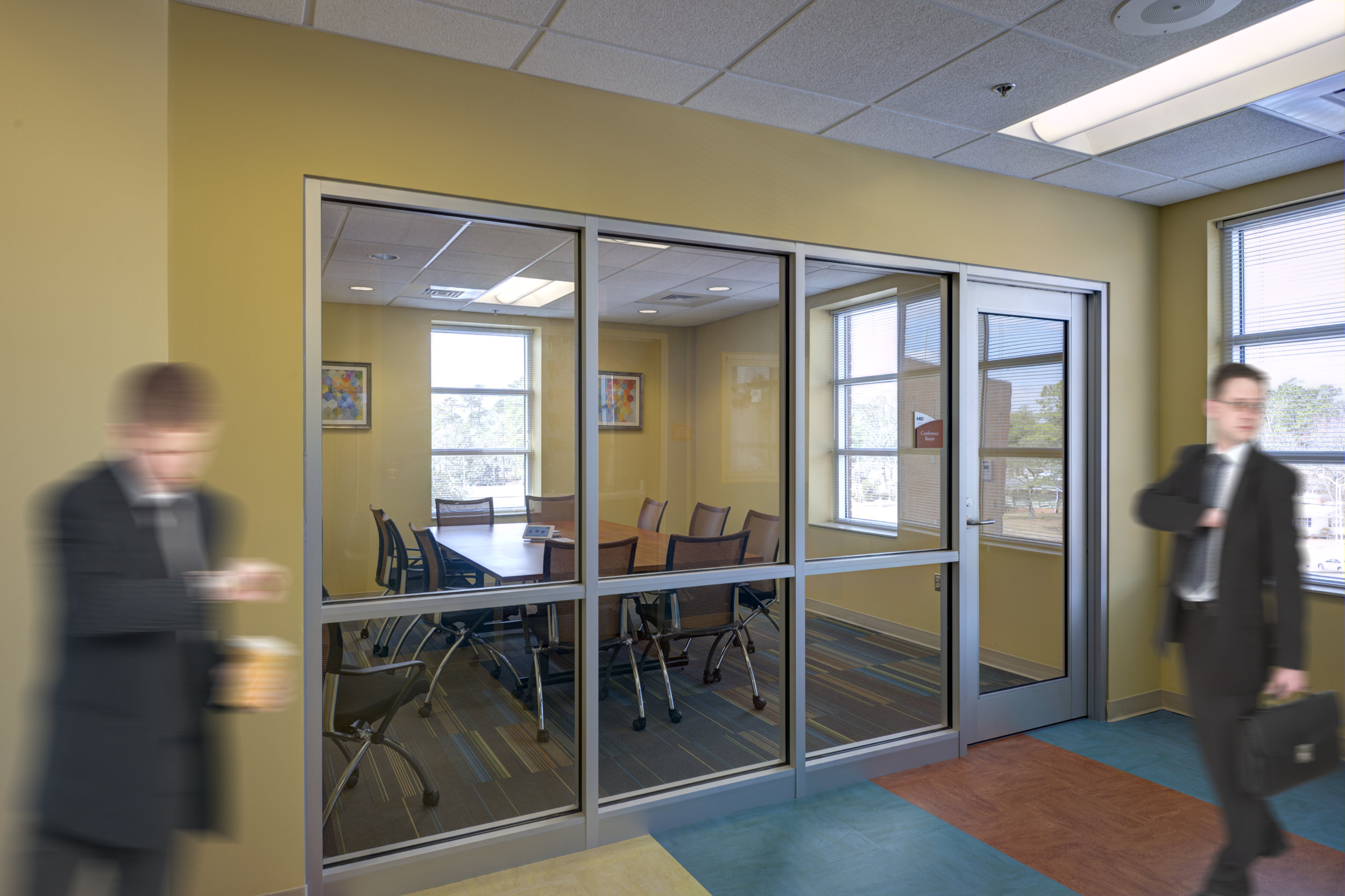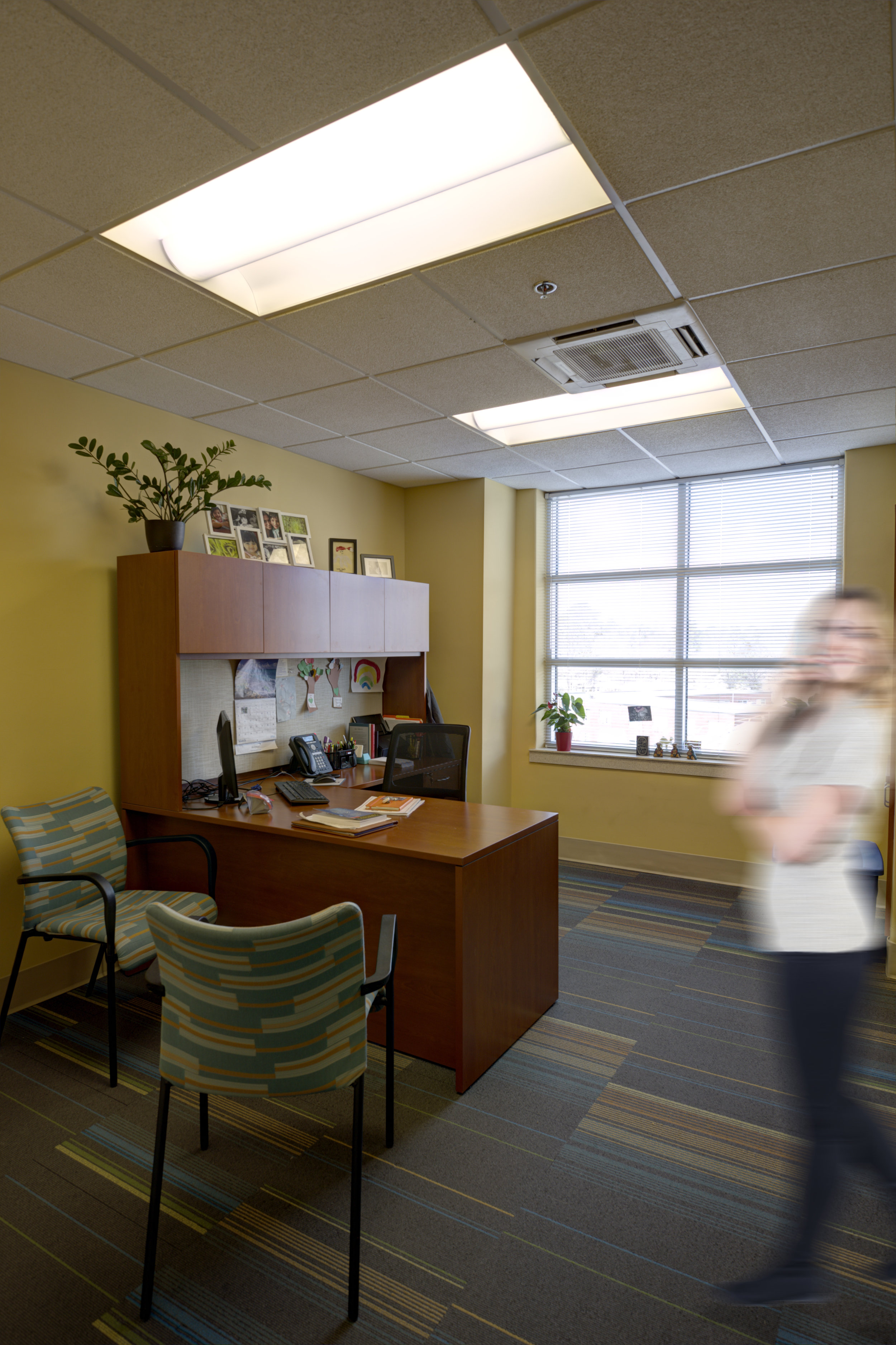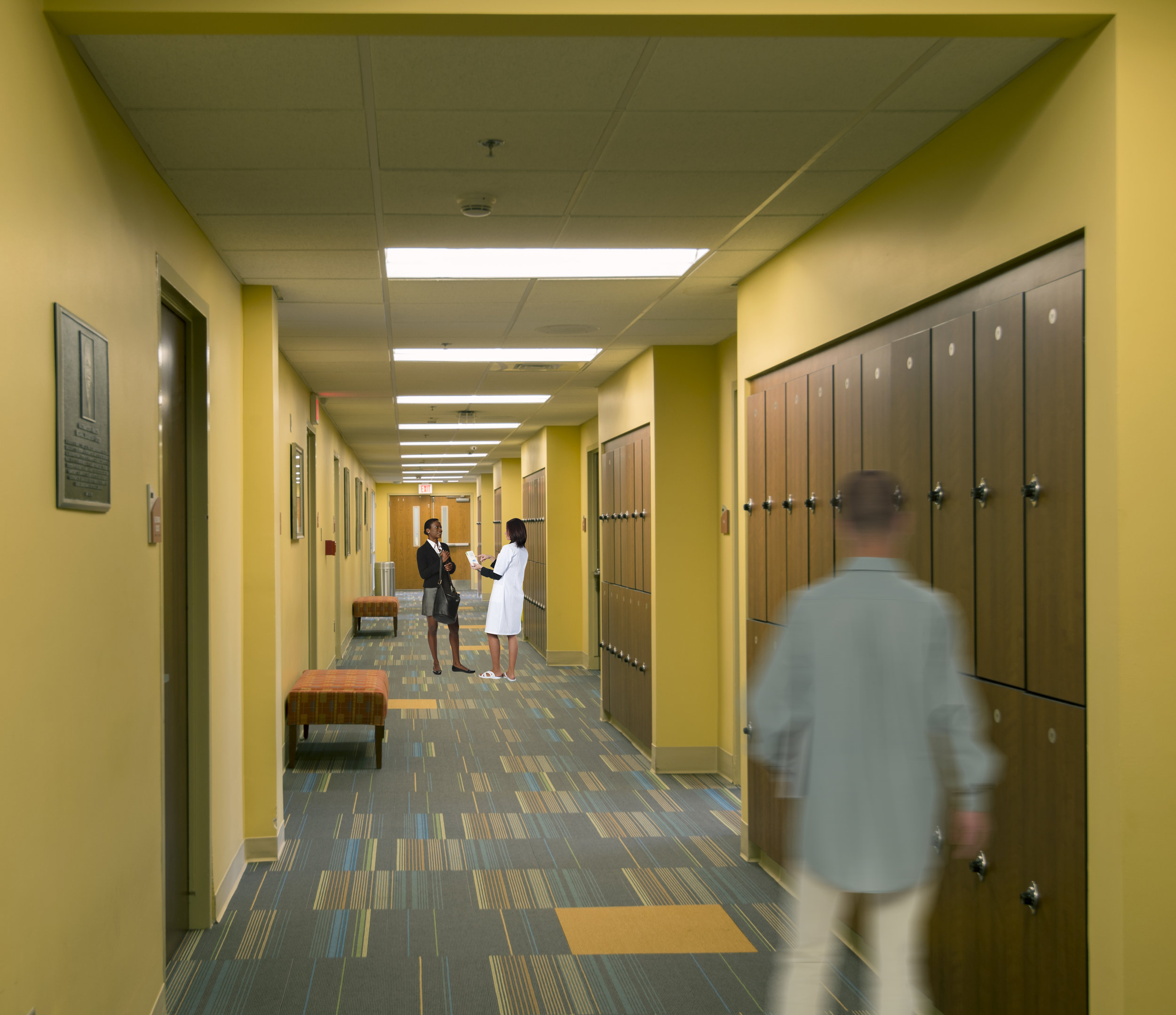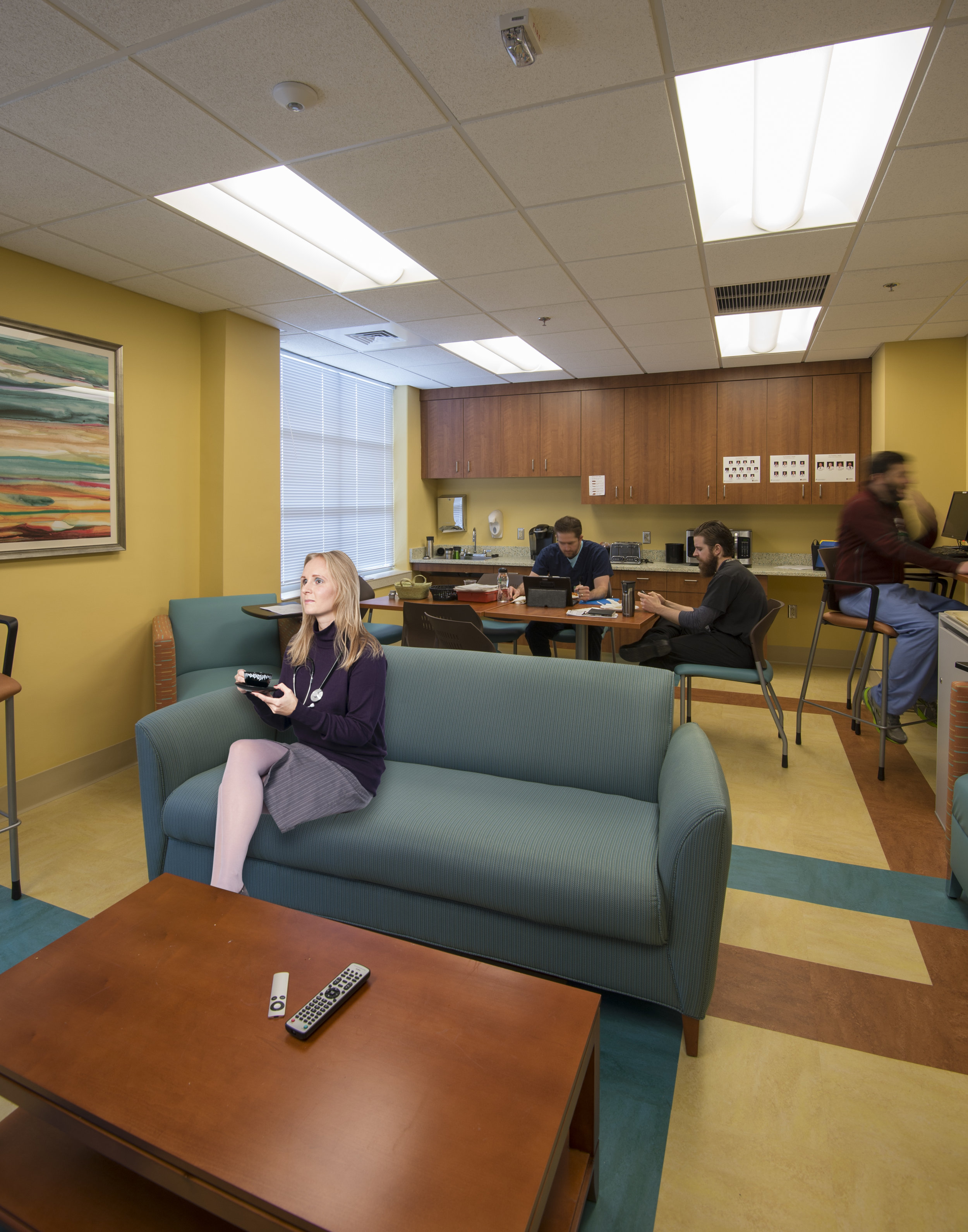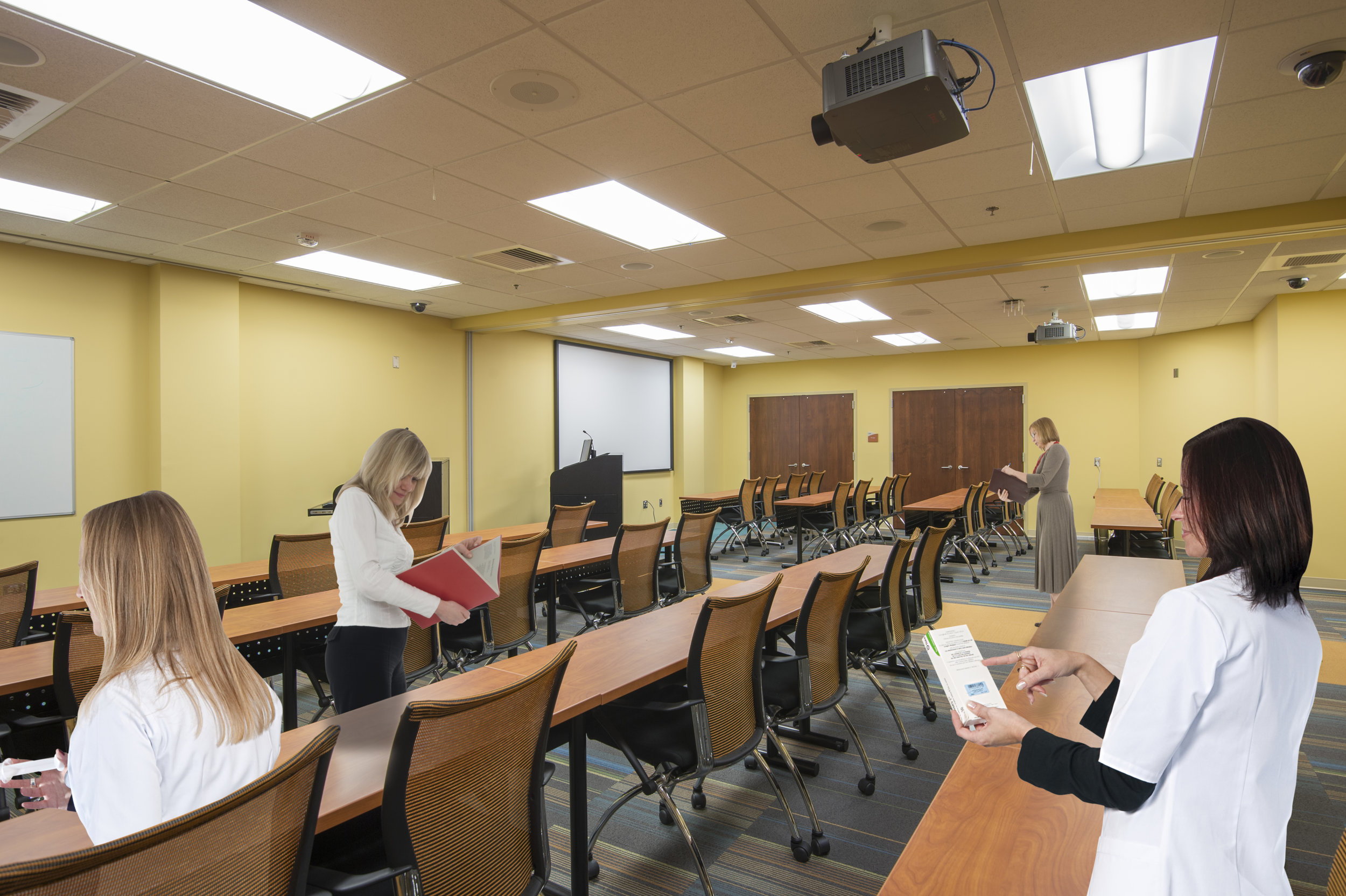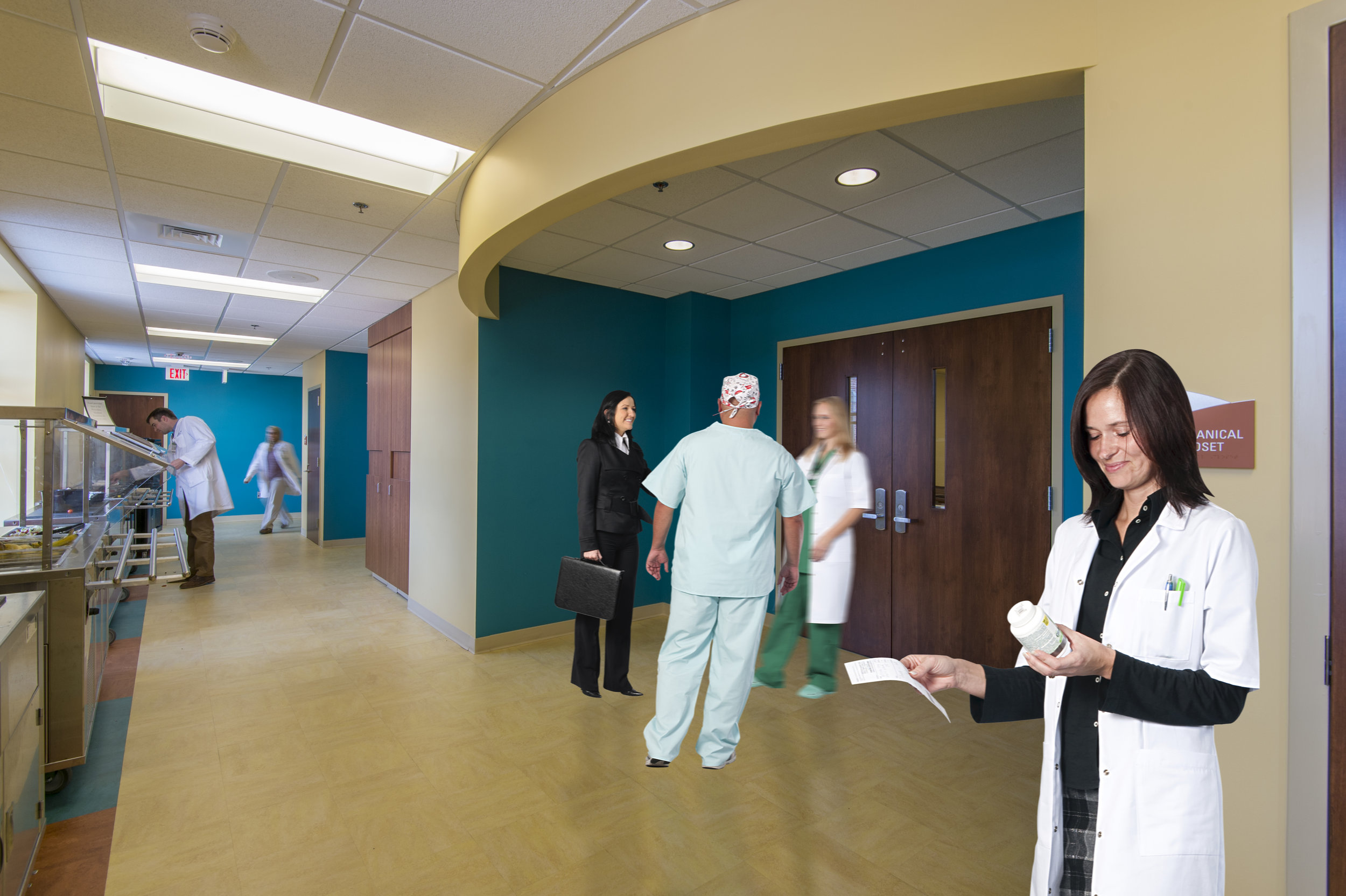"The traditional process of locating schools has consisted simply of mapping attendance areas and meeting with realtors to discuss and choose an available property. Today, however, due to a stronger understanding of the socioeconomic impacts of the development of schools on communities, there is a desire to explore a smarter approach to identify sites for schools. The objective of this essay is to provide a comprehensive, long-term strategic approach for siting schools in growing communities. Now that we have a stronger understanding of the socioeconomic impacts of development on communities, we want to explore a smarter approach to identifying sites for schools. This paper is focused on a comprehensive long term strategic approach to identifying sites for schools in growing communities."
Excerpt from"Selecting and Siting K-12 Schools in a Community" White Paper By David Henebry, AIA NCARB ALEP publisher: Education Facilities Clearinghouse
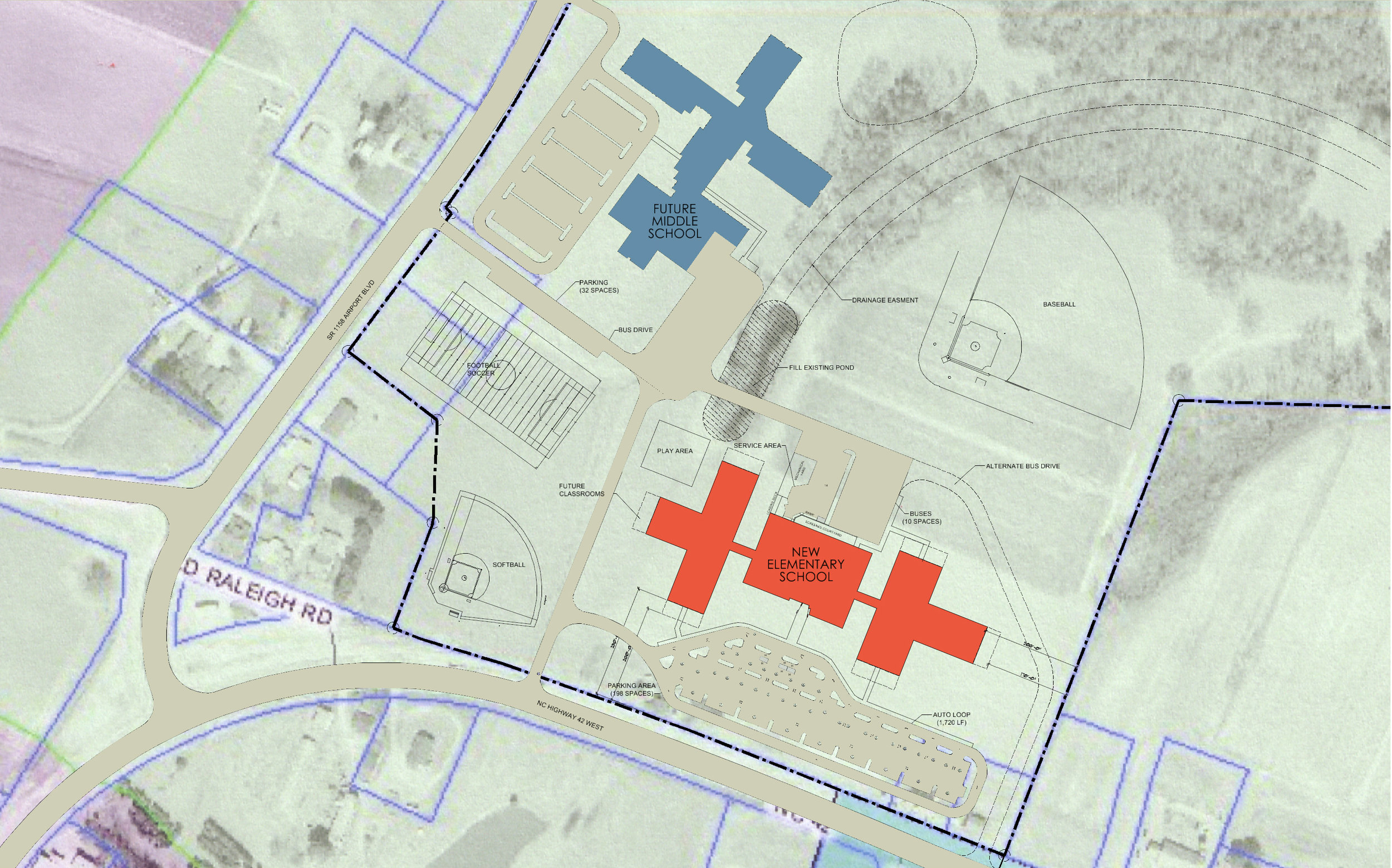
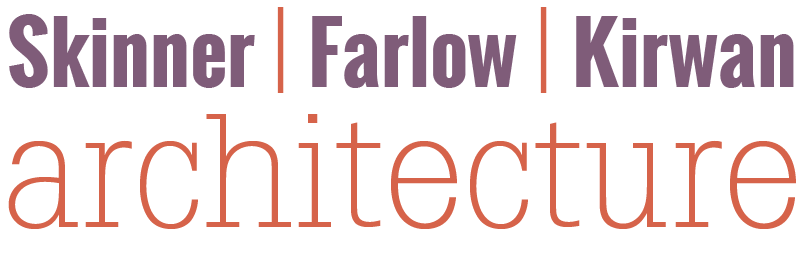
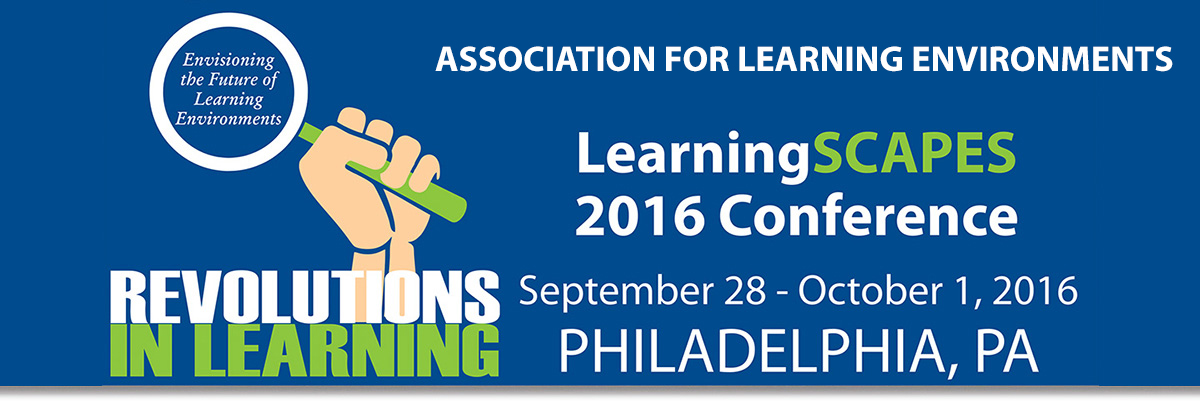 David Henebry, AIA, ALEP attended the
David Henebry, AIA, ALEP attended the 